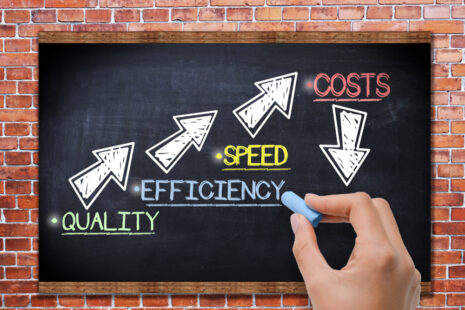Mastering the Art of Starting a Coaching Conversation: Building Comfort, Setting Agenda, and Asking the Right Questions
Introduction: Embarking on a coaching conversation is akin to opening a door to growth and development. As a coach, the initial moments are crucial in establishing a comfortable and open environment, setting the agenda, and prompting a meaningful dialogue. In this blog post, we will explore the essential steps to ensure a successful start to your coaching sessions.
- Create a Comfortable and Open Environment: Building trust and rapport is fundamental to any coaching relationship. Begin by creating a comfortable and open environment where the coachee feels safe to express themselves. This involves not only physical aspects, such as a quiet and private space, but also setting the tone through your demeanor and body language. Show empathy, active listening, and a genuine interest in the coachee’s well-being.
- Set the Agenda: Clarity in purpose is key to a productive coaching conversation. Start by setting a clear agenda that outlines the goals and objectives for the session. This helps both you and the coachee stay focused and ensures that the conversation aligns with the intended outcomes. Discuss the agenda at the beginning of the session, allowing the coachee to share any specific topics or concerns they want to address.
- Ask Open-Ended Questions: The power of open-ended questions cannot be overstated in coaching conversations. These questions invite the coachee to explore their thoughts, feelings, and perspectives more deeply. Instead of eliciting simple “yes” or “no” responses, open-ended questions encourage reflection and self-discovery. Examples include:
- “Can you tell me more about your experience with that?”
- “How do you envision overcoming this challenge?”
- “What are the possible solutions you have considered?”
- Encourage Dialogue: A coaching conversation is a two-way street. Foster a sense of collaboration and open dialogue by actively engaging with the coachee. Acknowledge their thoughts, provide constructive feedback, and share relevant insights. Encourage them to express themselves freely, creating an environment where ideas can be explored without judgment.
Conclusion: Starting a coaching conversation is an art that involves weaving together elements of comfort, agenda-setting, and skillful questioning. By mastering these essential components, coaches can lay a strong foundation for impactful and transformative discussions. As the dialogue unfolds, the coachee is empowered to explore new perspectives, set meaningful goals, and embark on a journey of self-discovery and growth.
Starting a coaching conversation involves creating a comfortable and open environment, setting the agenda, and asking open-ended questions to encourage dialogue.






